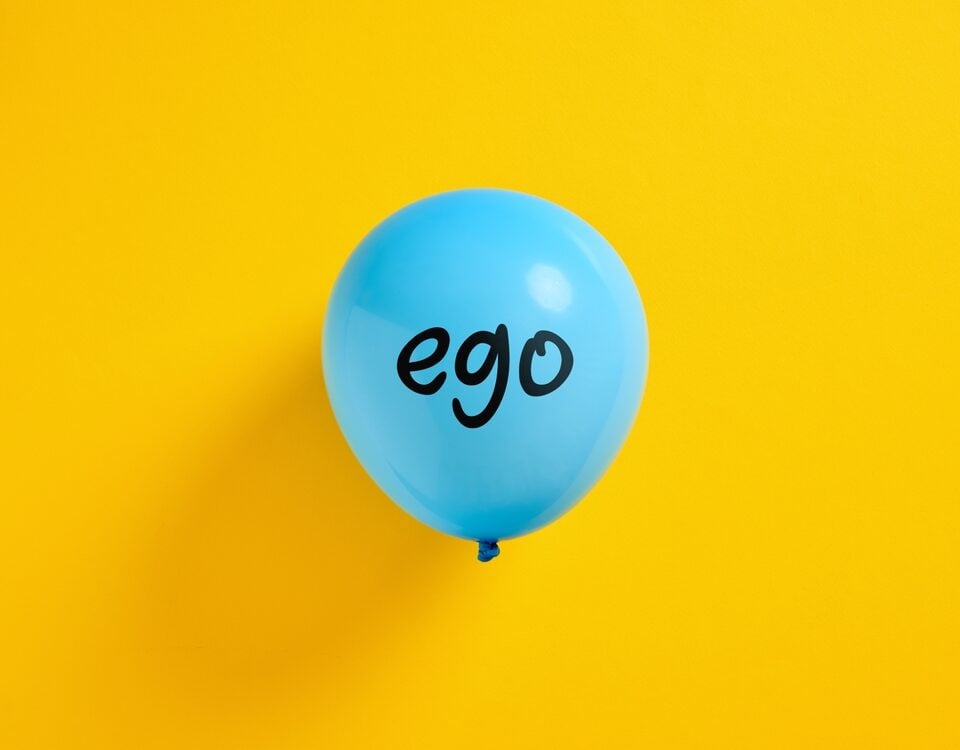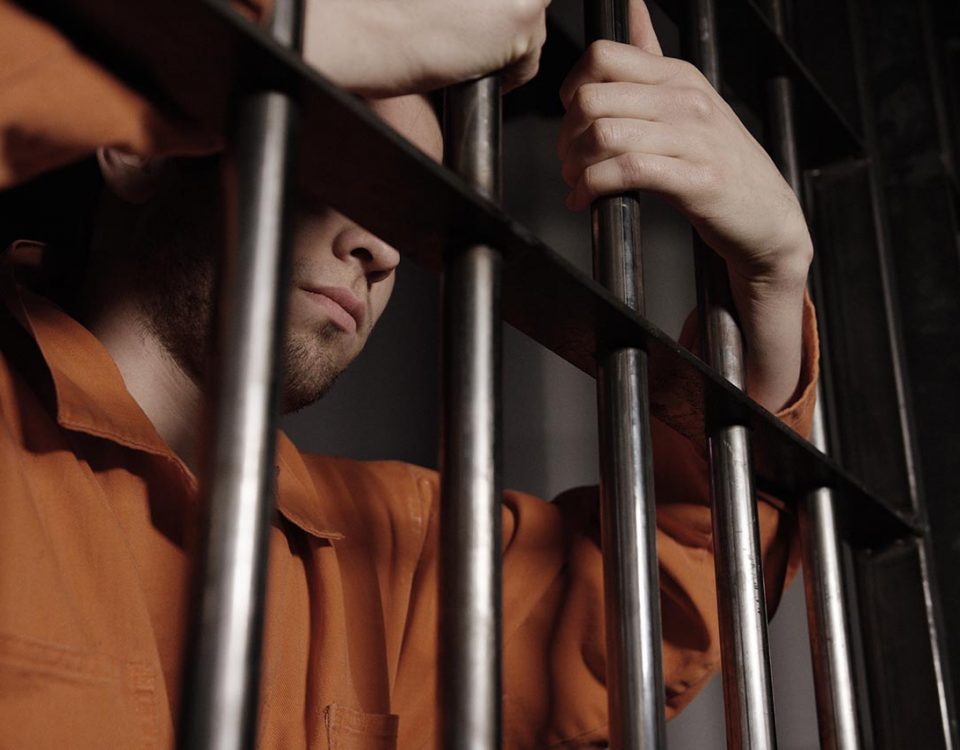Molly, otherwise known as MDMA or ecstasy, is a synthetic drug that produces both stimulating and hallucinogenic side effects.
Due to its impact on the brain and body, Molly is a popular drug of abuse, especially in clubs, music festivals, and raves. However, it’s slowly become more common in other settings. Cocaine is another addictive stimulant that produces dangerous side effects when used on its own. Although both drugs can cause significant side effects alone, they’re sometimes used together to amplify the person’s experience, which begs the question: what happens when you mix coke and Molly? Our Delaware rehabs are here to explain.
What Is Polysubstance Abuse and Why Is It So Dangerous?
Polysubstance abuse refers to the concurrent use of multiple substances, such as drugs or alcohol, often to achieve a desired effect or to enhance the effects of one another. This risky substance use pattern can combine alcohol, prescription pharmaceuticals, or illegal substances, increasing the likelihood of problems with one's physical and mental health. Due to the unpredictable interactions between several substances, polysubstance misuse, as opposed to single-substance addiction, poses a more challenging issue for both individuals and healthcare providers.
The potential for synergistic effects when substances are used together poses a risk for polysubstance misuse. Combining alcohol and medications can intensify their effects on the central nervous system, raising the possibility of overdosing, respiratory failure, and other potentially fatal consequences. Furthermore, abusing many substances increases the chance of developing mental health conditions like psychosis, depression, and anxiety. Effective anticipation and management of outcomes presents a challenge for medical professionals due to the unpredictable nature of substance interactions. Polysubstance addiction also makes treatment and rehabilitation more difficult because treating many substances at once necessitates a thorough and customized strategy.
In conclusion, the unpredictable interactions and increased hazards that come with using numerous substances at once make polysubstance use a serious threat to one's physical and mental health. In order to effectively prevent, intervene in, and treat polysubstance misuse and its associated multidimensional issues, it is imperative that this issue's complexity be acknowledged.
Molly vs Coke
In order to understand the effects of a coke and Molly mix, you have to know what each drug does to the brain.
Molly
Molly is a synthetic or man-made drug that acts as a stimulant and hallucinogen. This means that it not only increases nerve activity in the brain, but it also produces mind-altering side effects like hallucinations. MDMA is usually sold in tablet or capsule form. When taken, Molly produces side effects like increased energy, distortions in time and perception, and enhanced enjoyment from sensory experiences.
Due to its excitatory effects, ecstasy is a common drug of abuse at clubs, festivals, and raves because it “enhances” the user’s experience. However, as with many other drugs, there are people who mistake the pleasurable sensations they feel as proof that Molly is safe. Users are often blinded by the temporary euphoria it produces and neglect its dangers. Molly often contains a variety of harmful chemicals referred to as cutting agents. These cutting agents could be anything from methamphetamine to ketamine to a cough suppressant called dextromethorphan, and these chemicals increase the drug's side effects and users’ risk of a Molly overdose.
Cocaine
Coke or cocaine is an addictive stimulant that’s well-known for its high potential for abuse and addiction. While it doesn’t produce hallucinations as ecstasy does, coke produces excitatory effects like increased energy, alertness, heart rate, confidence, sex drive, and sociability. Coke does this by stimulating dopamine release in the brain and then preventing certain proteins from absorbing the excess, producing an intense rush of euphoria, pleasure, and energy.
However, like Molly, cocaine also contains some dangerous ingredients. Paint thinner, cornstarch, talcum powder, flour, baking soda, and gasoline are just some of the various substances used to cut coke in drug dealers’ attempts to increase profit by making the product weigh more. Long-term cocaine use is known for causing cardiovascular and liver disease, among many other issues. Cocaine addiction and withdrawals are also common results of chronic abuse, conditions that are best treated with the help of cocaine withdrawal treatments at our detox in Delaware.
Why Might a Person Combine Molly and Cocaine?
People may combine these substances for various reasons, often seeking to intensify the euphoric effects associated with each drug individually. MDMA is known for producing feelings of increased energy, emotional warmth, and distorted sensory perceptions, while cocaine is a stimulant that can enhance alertness and confidence. When used together, individuals may believe that the combination will result in a more potent and pleasurable experience, amplifying the highs associated with both substances.
Moreover, the desire to prolong the desired effects could be the driving force for the combination of cocaine and Molly. A few hours of elevated feelings are usually produced by MDMA, and people may use cocaine to offset the eventual downturn in hopes of retaining a prolonged state of bliss. However, this is a very dangerous approach since it exposes the user to all of the possible risks and negative effects of each drug, such as heart problems, heat exhaustion, and an increased risk of overdosing. Combining these drugs puts more stress on the heart and can have serious health effects, underscoring the risk associated with using many drugs.
Side Effects of Taking Molly and Coke Together
Individually, these drugs are dangerous. But what happens when you take cocaine and MDMA together? Cocaine and ecstasy are sometimes combined in a practice that is known as “cloud mind” or “bumping up” to experience an intense high. Mixing cocaine and Molly can cause significant health risks to the user because of both their side effects and ingredients.
Common side effects of Molly and coke taken together include:
- Breathing problems
- Chest pains
- Hyperthermia (increased body temperature)
- Increased energy and alertness
- Increased heart rate, including Tachycardia (a heart rate of more than 100 beats per minute)
- Stroke
- Sudden heart failure
Molly and Cocaine Overdose Symptoms
Another possible danger that can occur from taking Molly and coke together is overdose. When a person overdoses on a drug or combination of drugs, their body is unable to metabolize all the toxins in their system. As a result, the liver and other organs shut down.
Some cocaine and MDMA overdose symptoms include:
- Abdominal cramping
- Anxiety and panic
- Blurred vision
- Chest pain
- Clenching of the jaws
- Confusion
- Delirium
- Elevated heart rate
- Excessive sweating
- Fainting spells
- Headache
- High blood pressure (hypotension)
- Increased body temperature or hyperthermia (a dangerous overheating of the body)
- Irregular and rapid heart rate
- Loss of consciousness
- Nausea and/or vomiting
- Paranoia
- Seizures
- Tremors or uncontrolled body movements
- Urinary retention and delayed orgasm
If you suspect that someone is overdosing, call 9-1-1 immediately. Medical attention can reduce the risk of permanent brain damage and even death.
Long-term drug abuse can impact not only your health but your mental well-being and relationships, as well. If you are addicted to drugs or alcohol, do not wait any longer to get help. Not only does our Delaware rehab center offer cocaine addiction treatment, but we also provide medically monitored detox and a variety of drug therapy options to address both the physical and psychological factors of substance abuse.
To learn more about our options for inpatient drug treatment, call Banyan Treatment Centers Delaware now at 888-280-4763. The specialists at our Milford rehab are here and ready to help.
How Parents Can Prevent Drug Abuse: It Starts With You









